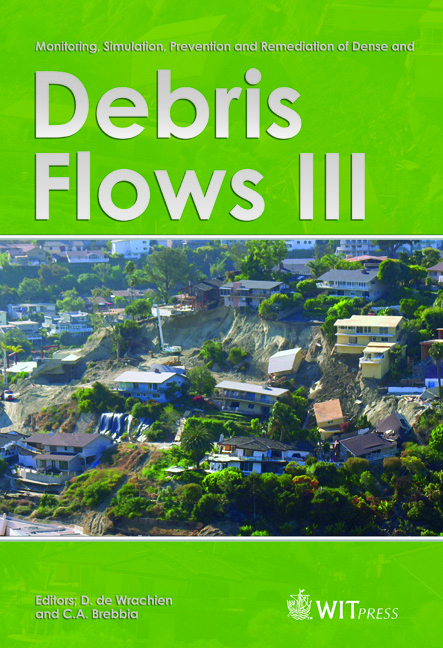The Effects Of Large Wood Elements During An Extreme Flood In A Small Tropical Basin Of Costa Rica
Price
Free (open access)
Transaction
Volume
67
Pages
12
Page Range
225 - 236
Published
2010
Size
2,399 kb
Paper DOI
10.2495/DEB100191
Copyright
WIT Press
Author(s)
L. Mao & F. Comiti
Abstract
In-channel large wood elements (LW) enter the river system as a consequence of natural processes independent of channel activity (i.e. windthrow, large landslides, extended wildfire, disease outbreaks), or as a result of river processes (bank erosion, avulsions). LW exert a substantial beneficial influence on river morphology and freshwater biodiversity, but on the other hand may increase flood hazards in densely inhabited floodplains. This is due to a variety of processes, such as flow surges following collapse of temporary wood dams, strengthening of debris flows, local bed scour and local bank erosion, and clogging of culverts and bridges. However, despite a general consensus among populations and river managers about the hazards related to floating wood during floods, few studies have addressed the real contribution of LW to flood damages, as well as its sources and effects on flood dynamics. This paper presents a post-event analysis in the Río Portalón, a small tropical basin in the Pacific coast of Costa Rica, which experienced an extreme flood in September 2005. On that occasion, floating wood apparently had a considerable role in flood dynamics and in causing damages to the nearby village. Interviews with local people and a simple field survey were used to shed light on event dynamics, and in particular on role played by LW. Finally, a range of options for the management of riparian vegetation in tropical areas are discussed. Keywords: riparian vegetation, large wood elements, tropical basin, flood risk, river management.
Keywords
riparian vegetation, large wood elements, tropical basin, flood risk, river management





